My biggest concern as an Early Childhood editor, has always been, “How do I make an educational book a hands-on experience for students and still user-friendly for a busy teacher or parent? Hands-on activities are crucial for young learners—but how do you convey those experiences within a book?
Kim Fields, one of TCR’s fabulous authors, does it in her new book, Year-Round Themes: Going Places (Pre-K). It is filled with engaging activities, interactive minibooks, songs, and stories that will entertain and educate young students.
Kim and her four year-old son, Isaac, presented her book and its materials to friends and family at a festive author party she held in her home.
Kim is our guest blogger. Here is her story.
As a former teacher, I understand the power of thematic units. I researched what type of thematic books existed for the Pre K market and talked with Pre K teachers about their needs and interests.
Then, I developed a book proposal and samples that presented my research and my ideas for the content of a book. I approached a TCR managing editor to submit my idea. It was a go!
It took approximately two months to research and develop a proposal, nine months to write Year-Round Themes: Going Places, and the rest of the time was in the production process. From start to finish, it took about 18 months to create the book.
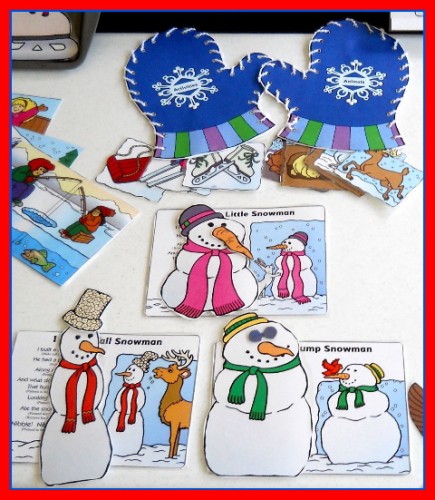
After Year-Round Themes: Going Places was published, I held a book launch party to celebrate with family and friends. As part of the event, I had each guest fill out a passport—just like the one in the book. When they visited each thematic station, they were given a sticker as a “stamp” declaring they had visited that place. Thematic TCR stickers are the perfect size to fit in the blank box on the passport page!
I supplied a thematic menu, based on the five units in Year-Round Themes: Going Places. You might decide to use some of these yummy ideas as you celebrate the end of each unit with your preschool-aged children!
Farm—Farm-fresh fruit (strawberries, blackberries, cherries)
Pumpkin Patch—pumpkin bread with maple spread
Winter Wonderland—coconut ice (coconut milk with fresh pineapple blended and frozen in small cups)
Pond—frogs on logs (paper frogs on toothpicks inserted into peanut-butter covered celery)
Ocean—fish ‘n’ dips (pretzel and cheese goldfish crackers with an assortment of dips: hummus, sharp cheddar cheese, cream cheese)
My friends (big and little) had a ball testing the interactive rhyming stories, complete with finger puppets, stick puppets that insert into scenes, and characters that “stick” to habitats with help from Velcro!
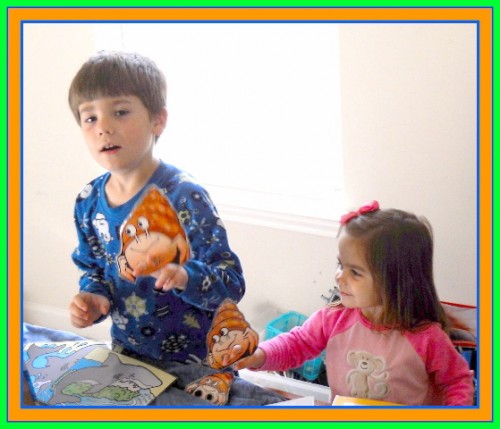
Adults were amazed by the souvenirs like the 3D barn (made from a cereal box) and animals that the children could create to take home to share with their friends and family, reinforcing what they had learned during their stay at each “destination” station.
Everyone agreed that one of the best features of Year-Round Themes: Going Places is that it comes with a color CD-ROM, which enables you to print out any pattern in the book in color. They oohed and aahed at how this would simplify prep time for the teacher and how each pattern or prop would look professional and fun!”
Thanks for guest blogging, Kim. I hope everyone enjoyed reading this as much as I did! We love your book and everyone at TCR got such a kick out of seeing your party pictures.
We are always open to hear what’s working in other classrooms too! Let us know, we would love to hear from you.

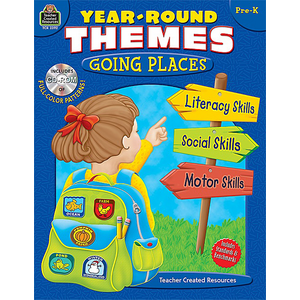
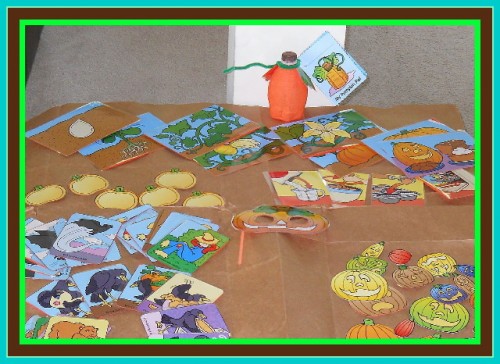
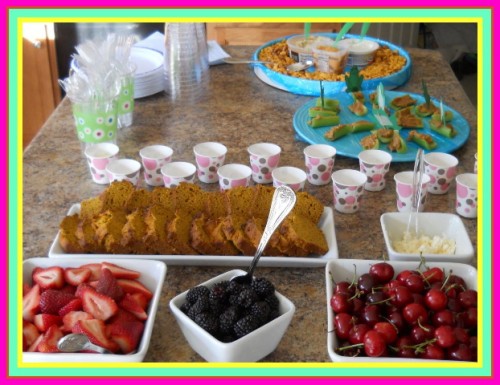
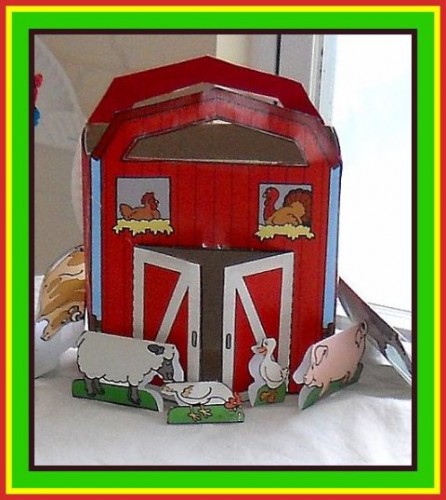
Kim, Thanks for sharing pictures of your party. Your book is great! Isabelle loved the finger puppets and story.
We’re glad you enjoyed the puppets, which were created to bring the rhyming stories to life. Thanks for sharing
about your experience!
Wow … the book looks awesome, Kim! Congratulations!!!!
As a former preschool teacher (I taught 3-year-olds for 4 years prior to coming to ASNC), I’m very impressed. Great approach and ideas! I hope you sell a million copies!
Marty
We’re happy you like the format of the book. It was created with preschool teachers and preschoolers in mind! For example, the ticket at the end of each unit provides a natural bridge between school and home so that the children can share what they have learned about the “destination” with family and friends.